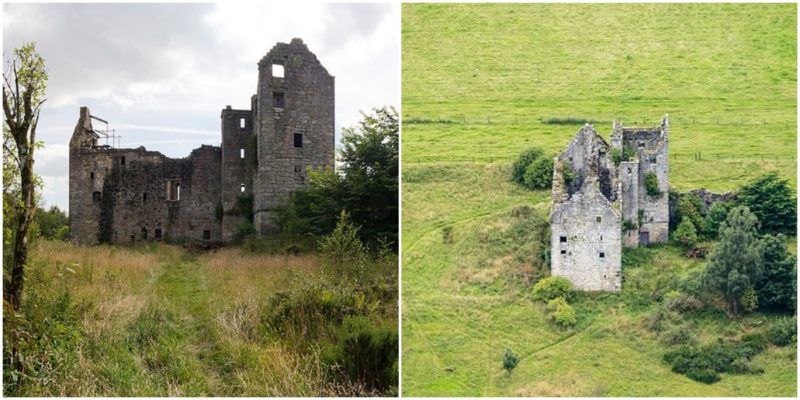The ruined Torwood Castle (once known as Torwoodhead Castle) is situated on a top of a wooded hill at the outskirts of Tor Wood, in central Scotland.
This is an outstanding area and an open-air museum which provides magnificent journeys to different periods of the region’s vibrant past.
Not only can the ruins of the 16th century castle be explored, but the area also has the remains of a 2,500 year old Iron Age Pictish broch (a circular, drystone wall dwelling found almost exclusively in the north and west of Scotland) and parts of a Roman road which connected Falkrik and Stirling.
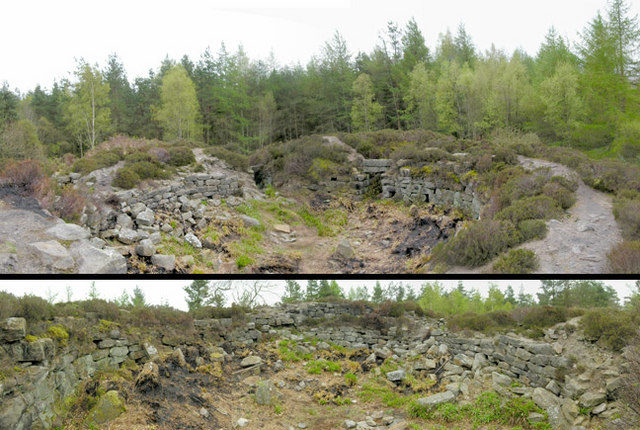
Tor Wood was used as camp and gathering place of the Scottish soldiers led by James Douglas, one of the commanders of the army of King Robert the Bruce, before the Battle of Bannockburn in 1314. It is possible that William Wallace led the Scots through this area too, before the Battle of Falkirk in 1298.
In 1585, Torwood Castle was captured by the Earls of Angus and Mar as they prepared to attack Stirling Castle.
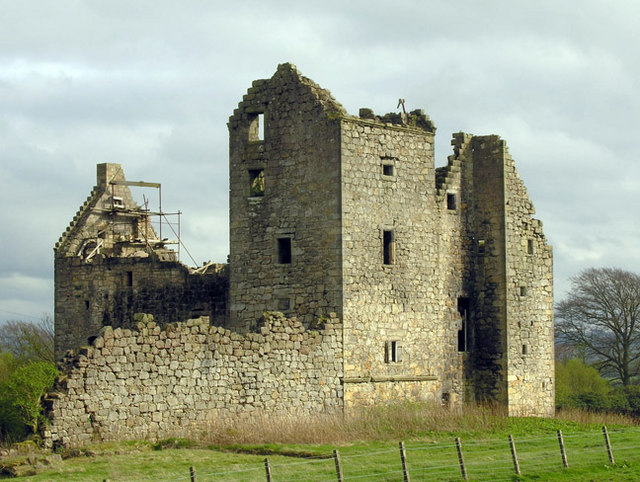
Torwood Castle was the seat of the Clan Forrester. It was built for Sir Alexander Forrester of Garden. According to a date stone discovered in a nearby ditch in 1918, the castle was erected in 1566. This artifact is now in the Falkrik Museum.
The family were made the hereditary keepers of the Royal Forest of Torwood by King James III between 1450 and 1463, and land within Tor Wood was granted to them. They supplied the King’s army with timber and took care of the royal hunting area.
Tor Wood was used for hunting mainly by the residents of the Stirling Castle, located approximately six miles to the north, which was one of the many Scottish royal residences and frequently visited by the Sottish royals.
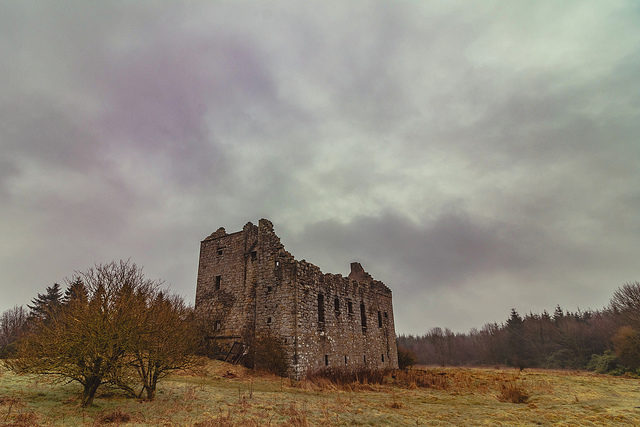
In 1635 Torwood Castle passed to Lord Forrester of Corstorphine. The next owner was James Baillie of Castelcary who married Lord Forrester’s third daughter and inherited not only the property, but also the title Lord Forrester.
Because of debts, the Baillie-Forrester family sold the castle in the mid-18th century, after which it passed through several owners. The reasons why it was left to ruin are unknown.
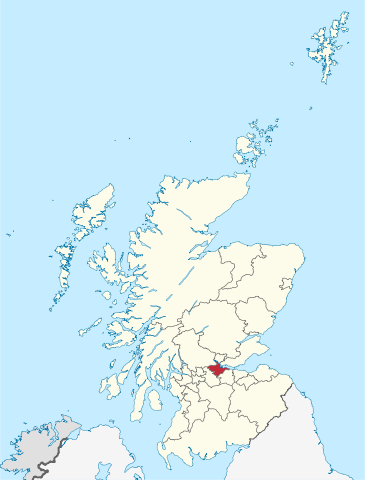
Today it is only a roofless shell with most of its outer walls still standing. But even in a ruined state, Torwood Castle still radiates with a divine beauty.
Small parts of the structure were renovated in the recent past by Gordon Millar who bought the property in the mid-20th century. He was a little bit eccentric and lived in the ruins for 40 years. Bringing the castle back in life was obviously one of his childhood dreams, because he worked alone day and night to that end.
Although his restoration efforts were slow, he succeeded in stabilizing some of the stonework.
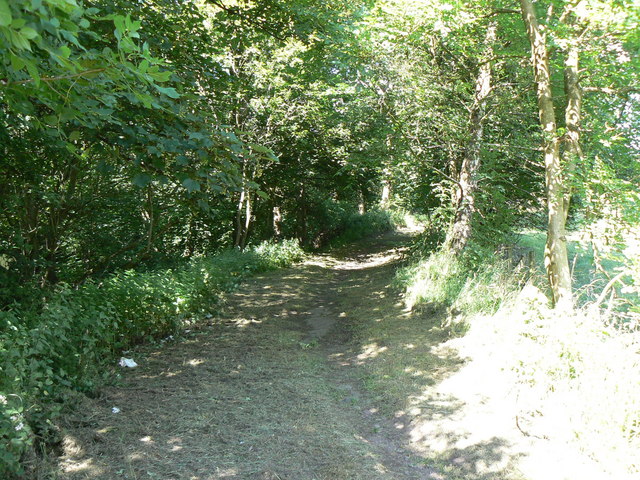
He rebuilt the main staircase in concrete and applied cement based mortar to the walls. But many think that his intervention was not done properly, primarily because of the use of cement and concrete, and that his amateur mistakes need to be corrected in future.
However, Millar did succeed in passing on his passion for the castle to the many visitors that came to the site while it was under his ownership. He would tell stories connected with the castle and the area. Before his death in 1998, Millar established the Torwood Castle Preservation Trust, which now owns the ruins.
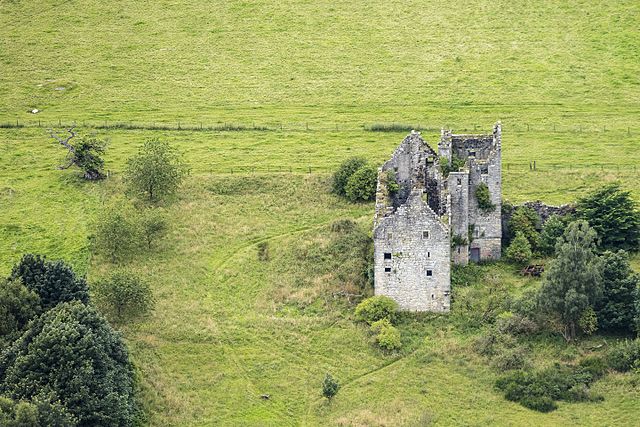
The slow renovation supervised by the trust continued after his death, but it looks like nothing has been done for many years. A small-scale archaeological excavation made soon after his death revealed some traces that could expand the story of the castle even more.
It is possible that it was built on much earlier structure. But the situation is far from clear and much more has to be done in order to save this precious piece of the history for future generations.
Torwood Castle, or what has left of it, is an L-plan tower-house on three/four floors, with a cobbled courtyard. The tower-house is formed of a long rectangular main block and a wing extending north from the main block’s western end.
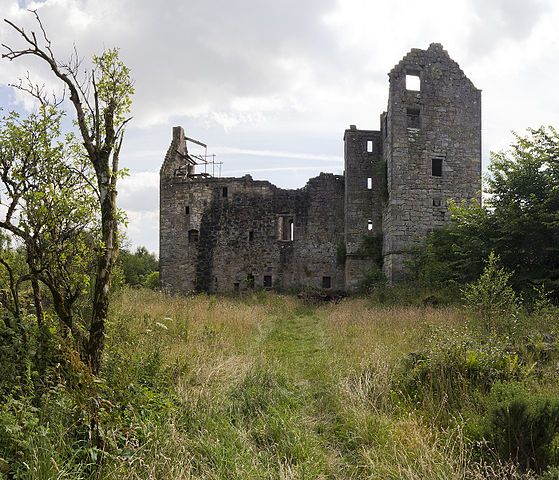
The small square stair tower is located where the main block and the wing meet. The main block contains the remains of a vaulted basement with a kitchen and wine cellar. The main hall is above the basement and the magnificent fireplace can still be seen. At the east side of the north wing are a small doorway, the main stairwell, and a small guard room.
In the 17th century additional buildings were erected to enclose the courtyard, however these buildings are now reduced to their foundations, leaving the courtyard open once again. Only the west wall still stands to a height of several feet. It is possible that there was a gate house too. Evidence of a 17th century kitchen-garden was also found.
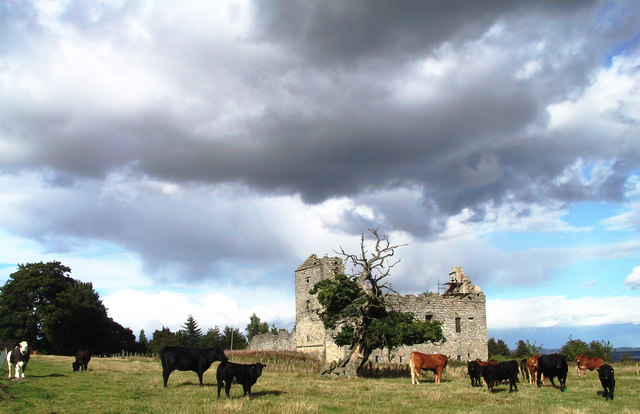
Now the courtyard is partly overgrown with vegetation and strewn with piles of rubble. When it was in one piece and in its full glory, Torwood Castle had vaults and turrets and was without doubt a magnificent example of a Renaissance Palace built in the Scottish Baronial style.
Luckily a great part of the masonry has survived the passage of the time. It is of great architectural interest both for historians and for the occasional visitors because, even in it’s neglected state, many elements that show the transitional characteristics of a fortified mansion remain intact.
The interior of this precious pearl has recently been closed for public visits and the fine details of this ruined, but still marvelous, building can be enjoyed only from outside.
